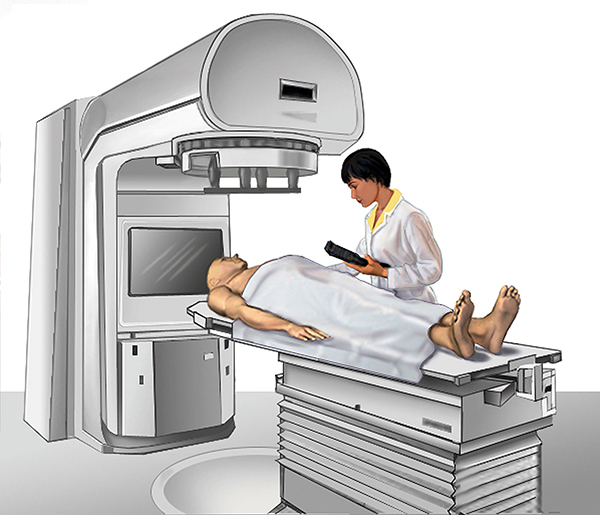Speaker Profile
Ph.D., Jacob Haimson Professor, Stanford University; Director of Medical Physics Division of Radiation Oncology Department at Stanford
Biography
Dr. Xing holds affiliate faculty positions in Departments of Electric Engineering (courtesy), Medical Informatics, Bio-X and Molecular Imaging Program at Stanford. Dr. Xing obtained his PhD in Physics from the Johns Hopkins and received his Medical Physics training at the University of Chicago. His research has been focused on artificial intelligence in medicine, inverse treatment planning, tomographic image reconstruction, CT, and PET imaging instrumentations, image guided interventions, nanomedicine, and applications of molecular imaging in radiation oncology. Dr. Xing is an author on more than 300 peer-reviewed publications, a co-inventor on many issued and pending patents, and a co-investigator or principal investigator on numerous NIH, DOD, NSF, ACS grants and projects from other funding agencies and corporates. He and his lab members have received numerous awards from ACS, AAPM, ASTRO, WMIC, and RSNA in the past decade. Dr. Xing is on the editorial boards of a number of journals in radiation physics and medical imaging.
Talk
Technological Advances in Precision Radiation Medicine
Radiation therapy is the original precision targeted cancer treatment. Major advances in medical imaging and exquisite radiation dose sculpting technologies have dramatically increased physical precision of radiation therapy. This presentation summarizes current state-of-the-art and emerging advances leading to new levels of physical and biological precision in cancer radiation therapy.
Session Abstract – PMWC 2018 Silicon Valley
Session Synopsis: Recent advancements in engineering, molecular biology, imaging and machine learning are posed to revolutionize radiotherapy and improve the outcome in cancer patients. We will review the growing body of evidence on radiation technology development, imaging-based radiotherapy, prognostic biomarkers of radiosensitivity/radioresistance, and the benefits of combining immunooncology with radiotherapy.




